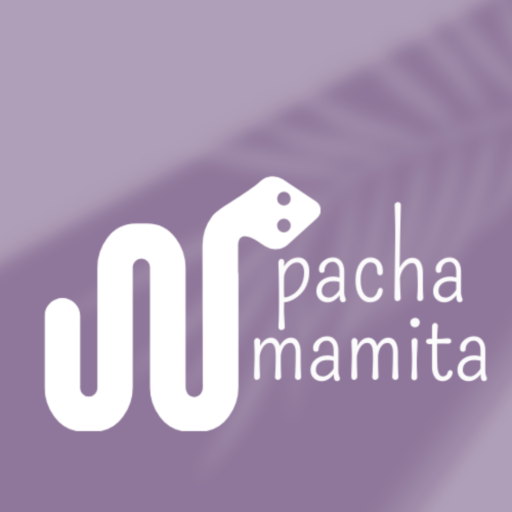![]()
The process of returning the San Biritute monolith to Sacachúm, which was extracted from Las Negras hill at the beginning of the century along with the other monoliths with which it was originally found forming a circle and which were initially distributed among several nearby towns (Geofrey Bushnell) and which for decades endured pollution and ashes when it adorned Av. 10 de Agosto in the city of Guayaquil, before entering the Municipal Museum of Guayaquil, is moving forward at a steady pace and we hope it is irreversible.
Today, December 10, at the Sacachún roundabout, the results of the Feasibility Analysis for the Return of San Biritute to the commune of Sacachún were presented.
For several years now, voices have been heard calling for its return, including in the media, student theses, and of course the same voice of demand from the Sacachúm Commune, which caused the Regional Directorate Zone 5 of the Cultural Heritage Institute to interest other local organizations in this issue of return, this and according to the IPC represents a shift in State policies with respect to these issues.
Now, IPC spokespersons indicate that "there are still some "small" commitments missing for this desire to become a reality, to create ENDOGENOUS DEVELOPMENT, for San Biritute to be effective, the commitment of the Commune is needed, of at least one GAD, and the intervention of the different ministries through planning." This will begin with the formation of the Return Committee that will be formed tomorrow.
SAINT BIRITUTE OR SONBIRITUTU?
Manuel Palacios, an expert in languages and defender of the term Sonbiritutu, explains that according to the toponymy, the term coincides with: Son: vagina, woman; birí: the anthroporized aspect of the deities of procreation and water; tutu: the owl, a totemic symbol of the passage to a new life. In passing, Manuel leaves us with another theory about the name Socachún: So: woman, vagina; ca: fruit; chun: to rub.
Meanwhile, Erick López (archaeologist) refutes that the real name that this image may have had is lost in time, the one it has now with the modifications that may be given to it, in no way corresponds to the Guancavilca language, which disappeared definitively from the area at the end of the 19th century, and of which many toponyms are preserved, which have no possible or certain translation in any other language or dialect. In this sense, the current name with which the local cultural tradition renamed the monolith is valid, based on what the oral tradition tells us, and with which we know it today.
The debate will surely continue, but we are sure that this long-standing desire for the return of the ancestral monolith is at a stage in which, if we join forces, we will be able to see it come true in a short time.

